-
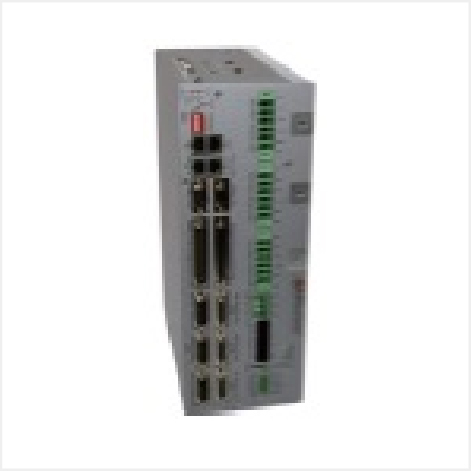 運動控制器+軸卡
運動控制器+軸卡
-
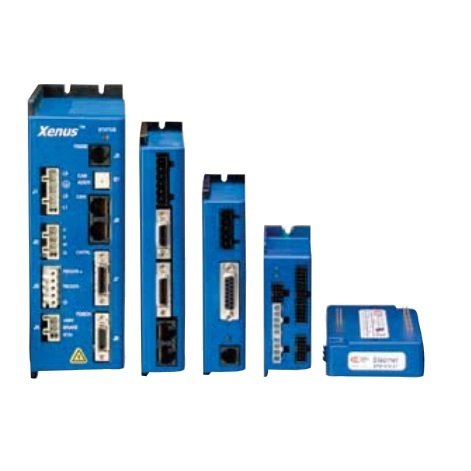 步進/伺服驅動器
步進/伺服驅動器
-
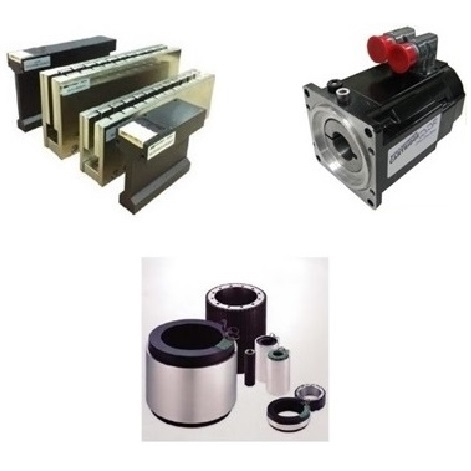 伺服馬達
伺服馬達
步進馬達
音圈馬達
線性馬達
直驅馬達 -
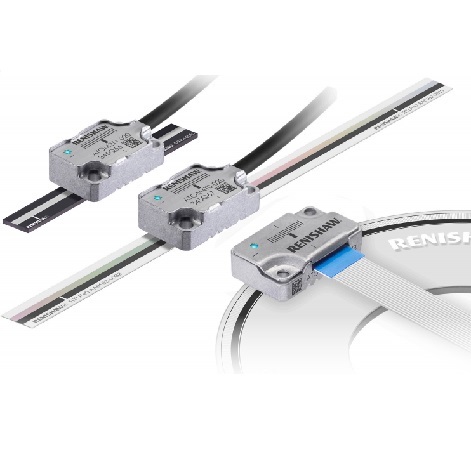 回授元件
回授元件
光學尺
磁性尺
Linear Encoder
編碼器
顯示器 -
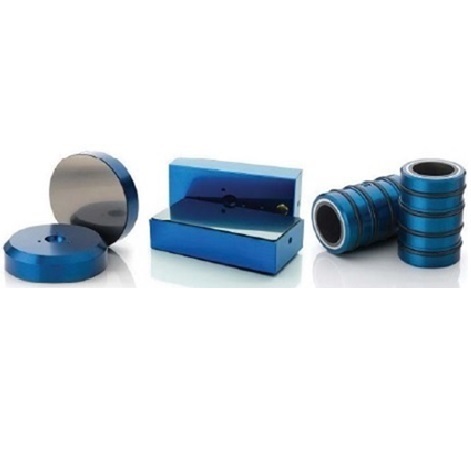 空氣軸承
空氣軸承
Air Bearing
Air conveyor -
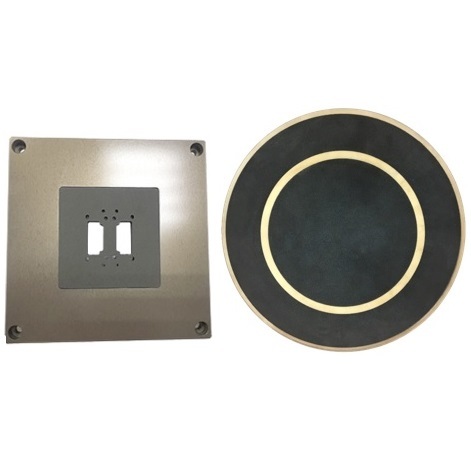 多孔性陶瓷真空吸盤
多孔性陶瓷真空吸盤
Porous Ceramic Chuck Table -
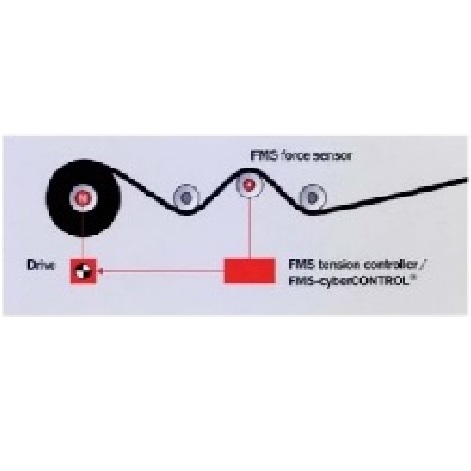 FMS 張力控制器
FMS 張力控制器
張力放大器
張力 sensor -
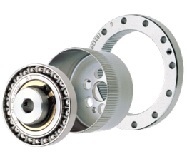 HarmonicDrive® 諧波減速機
HarmonicDrive® 諧波減速機
DirectDrive Motor 直驅電動機
Rotary Actuator 旋轉執行元件 -
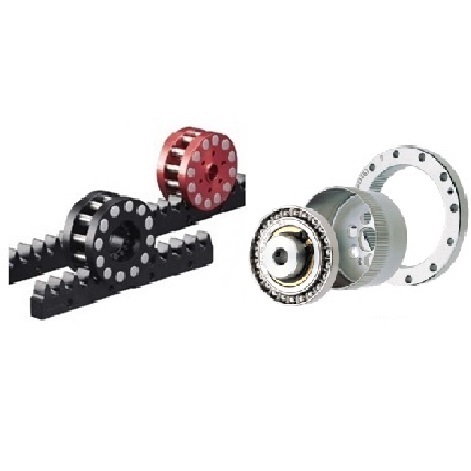 減速機 / 齒輪齒排
減速機 / 齒輪齒排
-
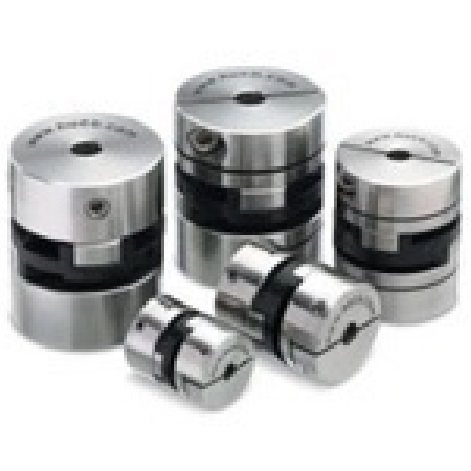 聯軸器 / 免鍵式軸襯
聯軸器 / 免鍵式軸襯
-
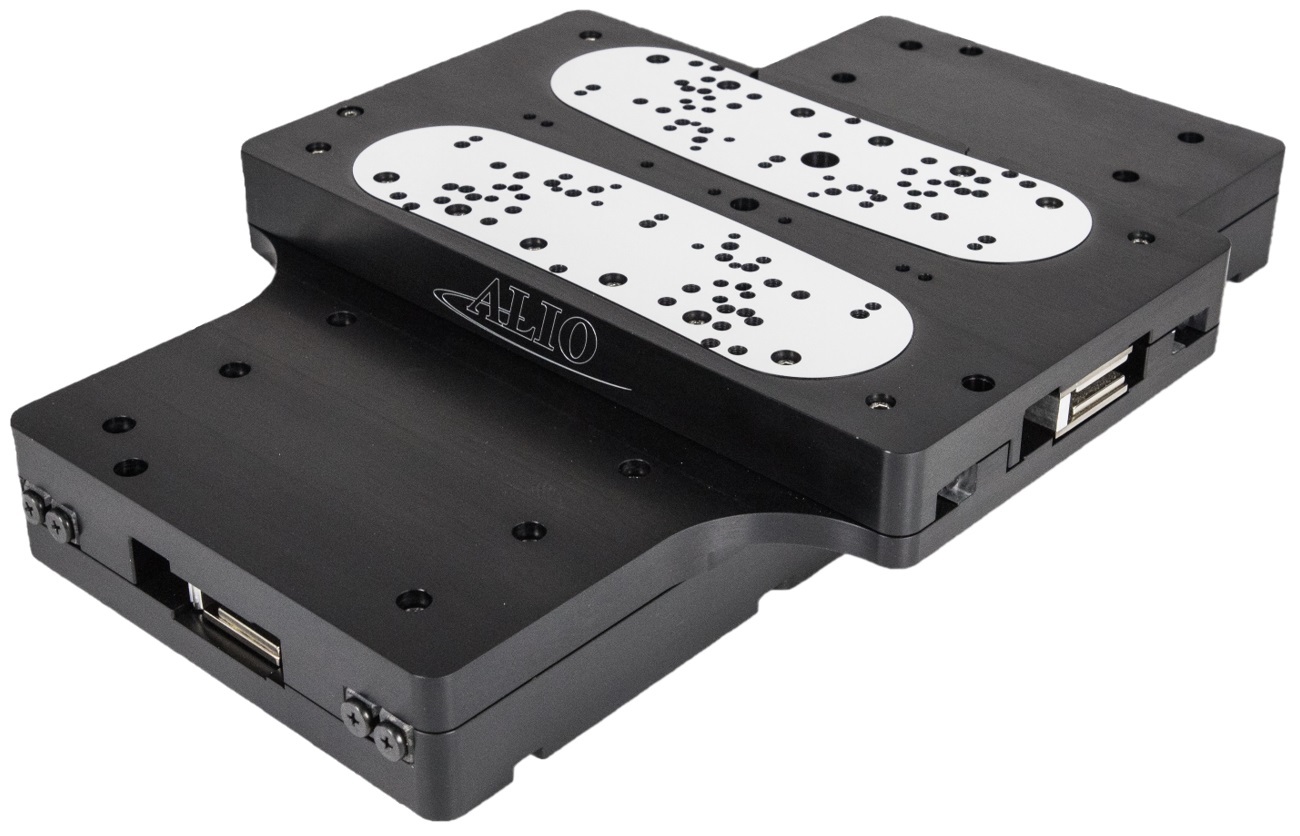 定位平台 (滑台) /
定位平台 (滑台) /
Stage / X-Y-Z Table
Theta Hybrid Hexapod
史都華平台 -
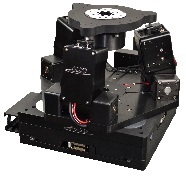 ALIO Hybrid Hexapod
ALIO Hybrid Hexapod
史都華平台 -
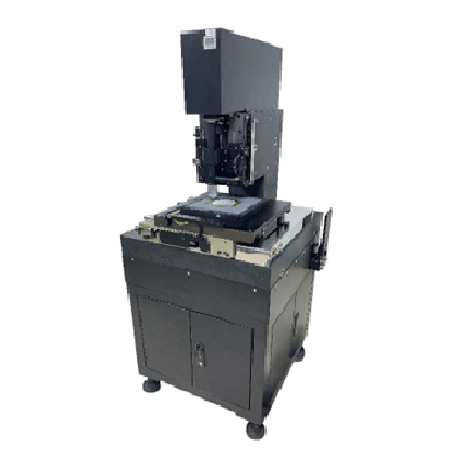 次系統設備(客製)
次系統設備(客製)
-
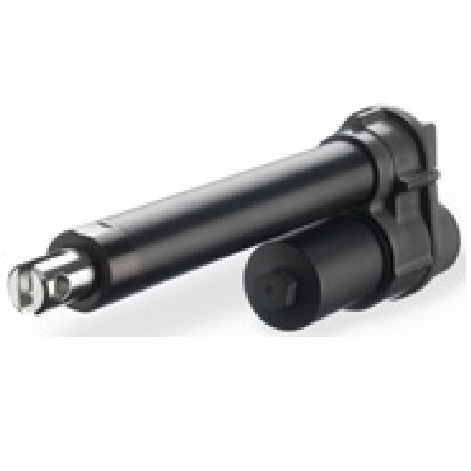 電動缸 / 千斤頂 /
電動缸 / 千斤頂 /
升降器 / 線性致動器 -
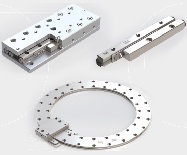 軸承 / 線性軸承 /
軸承 / 線性軸承 /
線性滑台 -
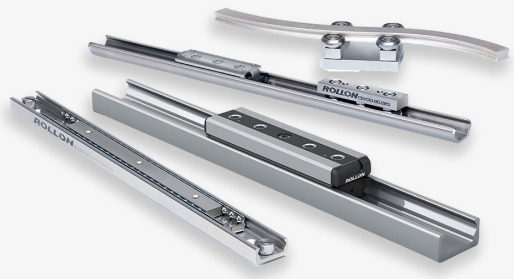 線性滑軌
線性滑軌
-
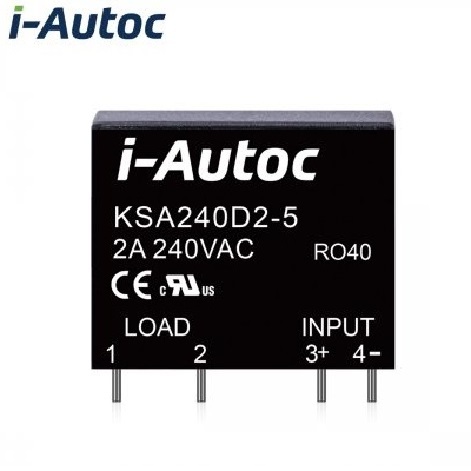 固態繼電器SSR
固態繼電器SSR
-
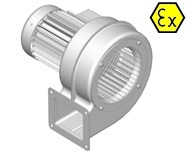 Karl Klein 鼓風機
Karl Klein 鼓風機
-
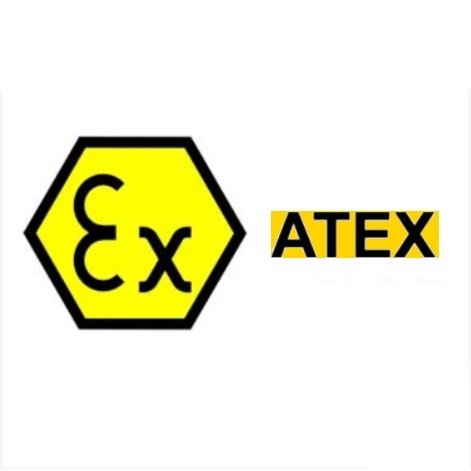 特殊環境用--
特殊環境用--
防爆、防水、
真空、低溫、重載 -
 應用案例影片
應用案例影片
-
 庫存出清
庫存出清
CAN Cards
|
PDF下載 |
|||||

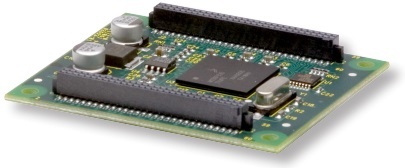
FEATURES
• Micro-module mounts to user PC boards
• 72 Digital I/O
• 12 Analog Inputs
• 12 PWM Outputs
• 8 Dedicated Digital Inputs for
CAN Node Address
CAN Bit-rate
• 2 Outputs for CAN Status LED drive
• CAN & RS-232 Communications
CANOPEN INTERFACE
• CAN V2.0b physical layer
• CANopen DS-301 V4.01 application layer
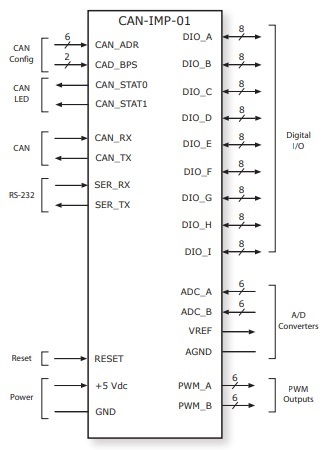
A PC board-mounting card for adding I/O to a CAN distributed control network.
The CAN-IPM-01 combines configurable digital I/O points with dedicated analog
and digital inputs and outputs to enhance distributed control networks using
Copley’s CANopen servo drives and stepper drivers.
Nine 8-bit ports are configurable as digital input or outputs.
Twelve A/D ports convert 0-3 Vdc signals into 12-bit values.
Twelve PWM outputs can be low-pass filtered to produce analog signals.
Eight dedicated digital inputs set the CAN node address and bit-rate.
The DSP/microcontroller is the same type that is used in Copley’s digital motion
products and has the same software interface.
The card supports CAN bus bit-rates up to 1 Mbit/sec and RS-232 communications
to 115,200 Baud.
Component count and cost are minimized by placing communication transceivers and
I/O buffering off the CANIPM-01 where they can be selected and optimized as part of
the user PC board design.

1-Channel CAN Interface Card CAN-PCIe-01
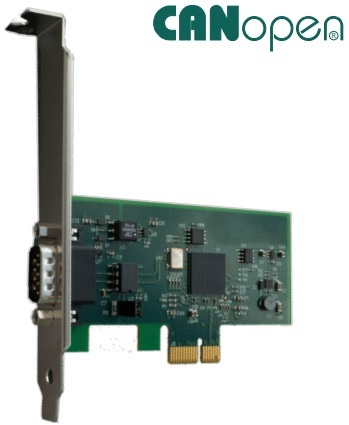
Features
• PCI Express Low Profile x1 interface
• CAN 2.0A and 2.0B format
• 1 Isolated channel
• 32-bit RISC processor
• ISO 11898 high-speed to 1 Mbit/sec
Computer Interface
• PCIe slot
• Fast dual-port RAM
• 3.3 V
Agency Approvals (Pending)
• CE, FCC
• RoHS 2002/95/EC
CAN Monitor Software
• View CAN messages
• CAN bus loading
• Diagnostics
• Download firmware
Plug-and-play
• CML & CMO
• Xenus
• Accelnet
• Stepnet
DESCRIPTION
The PCIe-CAN is a single channel CAN interface card for the PCI Express bus.
The CAN interface is galvanically isolated to protect the PC hardware and provide
better noise immunity in industrial environments. The card incorporates a high
performance 32-bit RISC processor. This processor handles all low level details of
interfacing with the CAN hardware, offloading this task from the host processor.
A 4Kbyte dual-port RAM is used to buffer messages to and from the host processor.
This memory space provides room for 10 transmit and 164 receive CAN messages.
The on-board processor synchronizes it’s local clock to the host processor clock.
All received messages are time stamped using this clock with 1 microsecond accuracy.
Transmitted messages may also be time stamped with their actual transmit time.
This allows for simple implementation of the CANopen network synchronization protocol
(DS301 object 1013h). Device driver support is provided for Windows and Linux.
CANview bus monitoring software is available for both Windows and Linux hosts.
ON-BOARD PROCESSOR
Many inexpensive CAN interface cards are little more then a PCI Express interface
chip and one or more CAN controllers such as the SJA1000 from Philips.
Cards such as this provide very little buffering on board and require the host processor
to retrieve incoming messages very quickly or data will be lost. Desktop operating systems
such as Windows or Linux do not guarantee low latency response to external events, so at
times of high bus activity it is common for inexpensive CAN interface cards to lose messages.
The on-board processor provided on the CAN-PCIe-01 interface card solves this problem
by handling each CAN message as it’s received and storing them in a large queue.
Extended periods of 100% bus utilization can be sustained at maximum bit rate with no loss of data.
原廠網址: https://www.copleycontrols.com/wp-content/uploads/2018/02/CAN-PCIe-01-ds.pdf

2-Channel CAN Interface Card CAN-PCIe-02
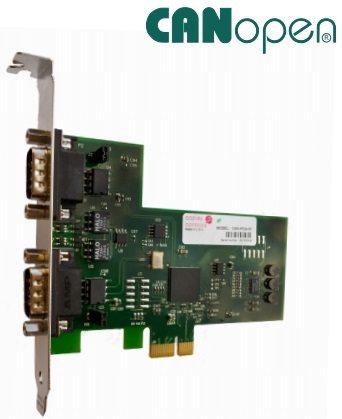
Features
• PCI Express Low Profile x1 interface
• CAN 2.0A and 2.0B format
• 2 Isolated channels
• 32-bit RISC processor
• ISO 11898 high-speed to 1 Mbit/sec
Computer Interface
• PCIe slot
• Fast dual-port RAM
• 3.3 V Agency Approvals (Pending)
• CE, FCC
• RoHS 2002/95/EC
CAN Monitor Software
• View CAN messages
• CAN bus loading
• Diagnostics
• Download firmware
Plug-and-play
• CML & CMO
• Xenus
• Accelnet
• Stepnet
DESCRIPTION
The PCIe-CAN is a dual-channel CAN interface card for the PCI Express bus.
Each CAN interface is galvanically isolated to protect the PC hardware and
provide better noise immunity in industrial environments.
The card incorporates a high performance 32-bit RISC processor.
This processor handles all low level details of interfacing with the CAN hardware,
offloading this task from the host processor.
A 4 Kbyte dual-port RAM is used to buffer messages to and from the host processor.
This memory space provides room for 10 transmit and 74 receive CAN messages per channel.
The on-board processor synchronizes its local clock to the host processor clock.
All received messages are time stamped using this clock with 1 microsecond accuracy.
Transmitted messages may also be time stamped with their actual transmit time.
This allows for simple implementation of the CANopen network synchronization protocol
(DS301 object 1013h). Device driver support is provided for Windows and Linux.
CANview bus monitoring software is available for both Windows and Linux hosts.
ON-BOARD PROCESSOR
Many inexpensive CAN interface cards are little more then a PCI Express interface chip
and one or more CAN controllers such as the SJA1000 from Philips. Cards such as this
provide very little buffering on board and require the host processor to retrieve incoming
messages very quickly or data will be lost. Desktop operating systems such as Windows or
Linux do not guarantee low latency response to external events, so at times of high bus
activity it is common for inexpensive CAN interface cards to lose messages. The on-board
processor provided on the CAN-PCIe-02 interface card solves this problem by handling each
CAN message as it is received and storing them in a large queue. Extended periods of 100%
bus utilization can be sustained at maximum bit rate with no loss of data.
原廠網址: https://www.copleycontrols.com/wp-content/uploads/2018/02/CAN-PCIe-02-ds.pdf

2-Channel CAN Interface Card CAN-PCI-02
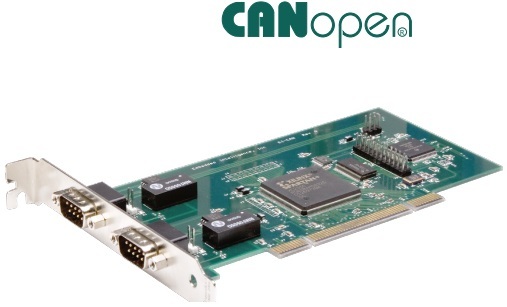
Features
• CAN 2.0A and 2.0B
• 2-Channels
• Micro-controller
• Up to 1 Mbit/sec
• ISO 11898 transceivers
Computer Interface
• PCI slot, Rev 2.2
• Fast dual-port RAM
• 3.3 or 5 V Agency Approvals
• CE, UL/CSA, FCC
• RoHS 2002/95/EC
CAN Monitor Software
• View CAN messages
• CAN bus loading
• Diagnostics
• Download firmware
Plug-and-play
• CML & CMO
• Xenus
• Accelnet
• Stepnet
DESCRIPTION
A highly cost-effective dual-channel CAN card makes the connection between
Copley’s distributed control software and CANopen servo and stepper drives.
The two independent CAN ports are galvanically isolated to provide greater
noise immunity in industrial environments.
An on-board microcontroller off-loads tasks from the host computer enabling
faster system performance. PCI compliant, it is compatible with both 3.3 Vdc
and 5 Vdc computers.
The card employs high-speed ISO 11898 transceiver circuits for CAN bus bit-rates
up to 1 Mbit/sec. Driver software for Windows is a free download from the Copley
website. CMO (Copley Motion Objects) software, also available free on the web,
works with Microsoft COM enabled computers for control of Copley’s CANopen
servo amplifiers and stepper drivers from high-level languages such as Visual Basic.
原廠網址: https://www.copleycontrols.com/wp-content/uploads/2018/02/CAN-PCI-02-ds.pdf

2-Channel CAN Interface CAN-PCI-104-02
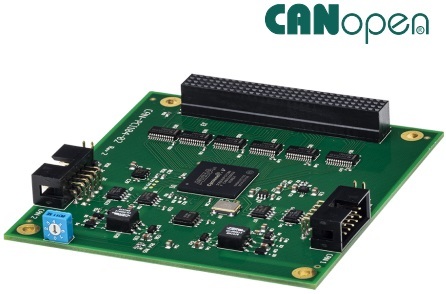
Features
• PCI-104 Interface
• CAN 2.0A and 2.0B format
• 2 Isolated channels
• 32-bit RISC processor
• ISO 11898 high-speed to 1 Mbit/sec
Computer Interface
• PCI-104
• Fast dual-port RAM
• 3.3 V
Agency Approvals (Pending)
• CE, FCC
• RoHS 2002/95/EC
CAN Monitor Software
• View CAN messages
• CAN bus loading
• Diagnostics
• Download firmware
Plug-and-play
• CML & CMO software
• Xenus
• Accelnet
• Stepnet
DESCRIPTION
The CAN-PCI-104-02 is a dual channel CAN interface card for the PCI-104 bus.
Galvanic isolation provides better noise immunity in industrial environments.
The card incorporates a high performance 32-bit RISC processor.
This processor handles all low level details of interfacing with the CAN hardware,
offloading this task from the host processor.
A 4 Kbyte dual-port RAM is used to buffer messages to and from the host processor.
The on-board processor synchronizes its local clock to the host processor clock.
All received messages are time stamped using this clock with 1 microsecond accuracy.
Transmitted messages may also be time stamped with their actual transmit time.
This allows for simple implementation of the CANopen network synchronization
protocol (DS-301 object 0x1013).
Device driver support is provided for Microsoft Windows®, Linux® and QNX®.
Copley CANview bus monitoring software is available for both Windows and Linux hosts.
原廠網址: https://www.copleycontrols.com/wp-content/uploads/2018/08/CAN-PCI-104-02-Datasheet.pdf

USB 1-Channel CAN Interface CAN -USB-01
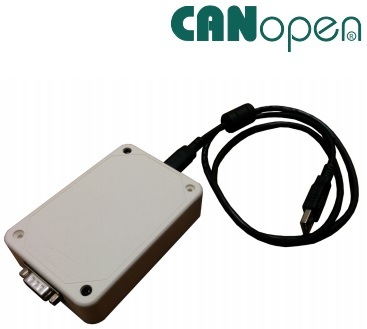
Features
• Single galvanically isolated CAN channel
• High speed (480 Mbit/sec) USB interface
• Supports CAN 2.0A and 2.0B message format
• 32-bit RISC processor
• ISO 11898 compliant high-speed interface
supports up to 1 Megabit/sec bit rates
CAN Monitor Software
• View CAN messages
• CAN bus loading
• Diagnostics
• Download firmware
Plug-and-play
• CML & CMO
• Xenus
• Accelnet
• Stepnet
DESCRIPTION
The CAN-USB-01 is a single channel CAN interface card with a high speed USB
interface to a host PC.
The CAN interface is galvanically isolated to protect the PC hardware and provide
better noise immunity in industrial environments. The card incorporates a high
performance 32-bit RISC processor. This processor handles all low level details of
interfacing with the CAN hardware, offloading this task from the host processor.
A high speed USB interface is used to communicate CAN messages back to the host.
Device driver support is provided for Windows and Linux. Copley CANview bus
monitoring software is available for both Windows and Linux hosts.
HIGH SPEED USB
Most USB based CAN interfaces utilize the 12 Mbit/ sec full speed USB.
The CAN-USB-01 uses the much faster 480 Mbit/sec high speed USB protocol
to minimize communication latency. USB is inherently a polled bus.
This means that all communication is initiated by the bus master (PC).
It’s not possible for a slave device to communicate a state change to the master
independently, the slave must wait until the master requests the devices state.
When the older 12 Mbit/sec USB protocol is used, the bus master polls devices
at a maximum frame rate of once every millisecond.
This adds up to a millisecond of delay between a CAN message being received
over the network and that message being communicated to the host processor.
A similar delay is added to the transmission of every CAN message.
The software running on the host PC will queue up a CAN message to be sent,
but the message won’t actually be passed to the CAN interface until the next
USB bus cycle at the earliest.
The CAN-USB-01 uses the much faster high speed USB protocol which has a
maximum bandwidth of 480 Mbit/sec.
An important feature of this higher speed protocol is a much faster frame rate.
In high speed USB the host computer scans the bus every 125 microseconds,
or 8 times faster then the frame rate used by the full speed USB protocol.
This means that the latency added to ever CAN message transmit and receive
is only 1/8 of what it would be for more typical USB to CAN interface products.
When using CAN to control industrial equipment, this reduction in latency can
have a big impact on system cycle times.
原廠網址: https://www.copleycontrols.com/wp-content/uploads/2018/02/CAN-USB-01-ds.pdf

